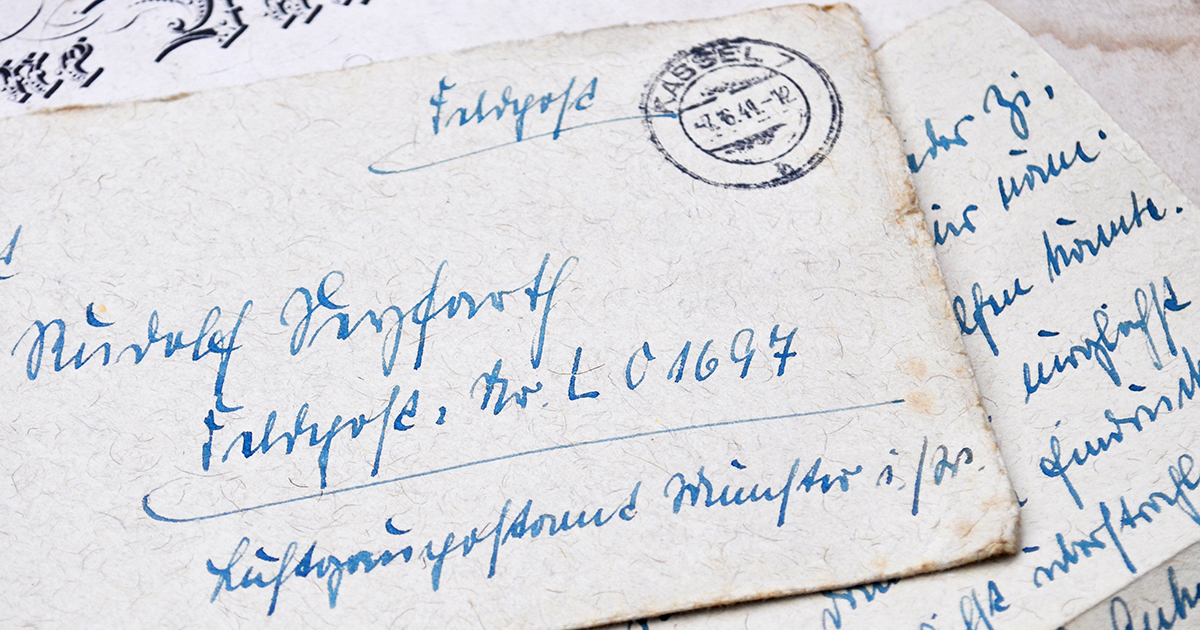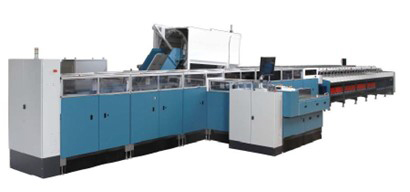Global Site
Breadcrumb navigation
How letters correctly reach their destination: NEC's "eyes" and the evolution of address recognition technology in over 50 countries
Oct 22, 2024

NEC's sophisticated technology and system play an important role in ensuring that mail is delivered smoothly and accurately to its intended recipient. Known as the "postal automation system", this infrastructure handles everything from postmark printing to address recognition and sorting—all automatically. For over half a century, it has supported Japan's postal services. NEC has continually enhanced its address recognition technology, making the system a critical asset, not only in Japan but also as an infrastructure that is spreading globally, through detailed updates and reliable recognition.
Fifty years of evolution: Sorting mail with AI "eyes"
The advent of AI with “eyes”
This is the title of a display at the NEC Future Creation Hub, a showroom featuring NEC's technologies and businesses. Below the title is the following description:
Just as the eyes of living organisms have evolved, today's AI, equipped with "eyes," is transforming society and daily life. NEC .... developed Postal automation system capable of reading handwritten addresses on postcards. This foundation led to advancements in AI-linked fingerprint and facial recognition technologies...
This system, which is part of the history of AI, was created more than 50 years ago.
Mail sorting was traditionally done by hand. During the period of Japan's high economic growth, the volume of mail surged, resulting in a greater demand for automation. In 1968, when the postal code system was introduced, NEC, in collaboration with the then Ministry of Posts and Telecommunications, developed a machine capable of reading three-digit postal codes and sorting mail automatically. This machine evolved alongside optical character recognition (OCR), a technology that optically reads and converts printed or handwritten characters, enabling it to now read addresses, including names and numbers.

The automation system consists of several machines, including those that apply postmarks and others that read addresses and sort mail. For handling A4-sized items, machines can span more than 50 meters in width. In Japan, only two companies, including NEC, handle postal automation systems. NEC holds a 90% share of the market for sorting large mail items like A4-sized documents. The NEC Future Creation Hub display provides a hint to the secret behind the company's half-century-long dominance in this field.
Updating recognition technology: Evolving with the times
"Ultimately, NEC's continuous refinement of its recognition technology is what has allowed the postal automation system to endure," says Masamitsu Tobase, a long-time overseas project manager for this system at NEC. While modern smartphones can now easily recognize text, NEC has focused on improving accuracy in difficult cases, such as reading hard-to-decipher text or text embedded in illustrations. Today, processing speeds have more than doubled compared to 50 years ago, with systems now capable of processing 40,000 to 50,000 items per hour and achieving over 99.5% accuracy in recognizing individual characters.

As postal needs have evolved, so too has NEC's system. In 1998, when postal codes in Japan expanded to seven digits, NEC updated its system to sequence mail in delivery post order, significantly improving efficiency. In 2017, the system was further upgraded to automatically apply forwarding labels, streamlining the forwarding process, often used when people move. NEC now provides machines that accommodate a wide range of mail, from letters and postcards to parcels and packets.
Adapting to global languages and systems: A leading Japanese innovation
This system was selected as one of Japan's leading modern innovations by the Japan Institute of Invention and Innovation, ranking alongside instant noodles and the bullet train as one of Japan's proud innovations. NEC has exported the system to over 50 countries and regions, spanning from Europe and the United States to Asia.
Naturally, the postal systems and languages differ in each country. NEC, therefore, continues to update its technology to accommodate these differences. For example, in Hong Kong, where English addresses were once prevalent, the system was updated in 2017 to handle an increasing volume of Chinese-addressed mail. A similar update was made in Switzerland.

Tobase, who travels around the world to oversee system updates and contracts, shares that it has become a personal tradition to send letters home to his family from each of his business trips. "Every time I confirm that the letter has arrived, I feel a bit proud; it makes me want to boast about the system to my family."
Japan's postal service began during the Meiji Restoration in the late 1800s. The "Father of Japan's Modern Postal Service," Hisoka Maejima, envisioned a postal system that is equally accessible to anyone, regardless of status or rank. Similarly, NEC, whose Purpose is to "create the social values of safety, security, equality, and efficiency and to realize a sustainable society where everyone has the chance to reach their full potential," continues to support global postal services through the power of technology.